Diseases and pests of blueberries
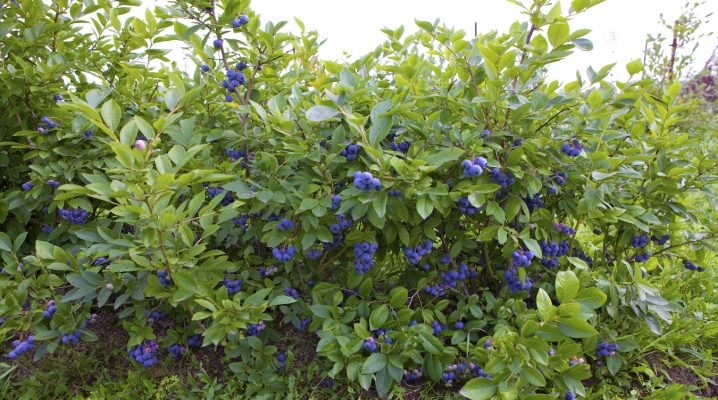
You can lose a blueberry harvest for many reasons: due to a viral infection, fungal disease or pest attack. In order to avoid unpleasant consequences, the gardener should pay enough attention to preventive measures.

Treatment of viral diseases
Garden blueberries suffer from viral diseases less often than fungal diseases, but they still occur quite often. For example, a tall culture suffers from dwarfism, a disease carried by mycoplasma. As you can guess from the name, its main symptom is the slowed growth of the shrub, due to which the formation of branches becomes defective, the fruits become smaller, and the taste deteriorates, becoming sour. In addition, the color of the leaves changes even before the onset of the autumn season. Since the virus spreads very quickly, the bush that has turned yellow ahead of time should be immediately destroyed before all plantings have been infected.
Blueberries are also characterized by a red ring spot. You can guess about its appearance by the state of the leaf plates - they are covered with round specks with a bright red border. Over time, the surface turns red completely, and as a result, the leaf dies off. At an early stage of the development of the disease, the bush can be saved by cutting off all the reddened foliage.
It should be added that the virus first infects old leaf blades, and then spreads throughout the shrub.
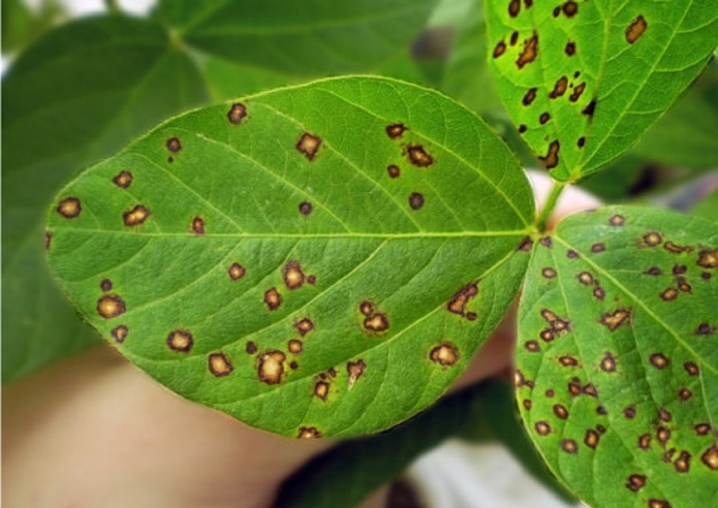
Blueberries infected with filamentous branches may not show any symptoms of the disease for a long time. However, a few years later, the active phase of the disease begins, accompanied by a slowdown in the growth of the bush, the appearance of thin stripes on young shoots and reddening of the leaves, which then curl and wrinkle. It is not possible to cure filamentousness, therefore, the diseased shrub must be eliminated.
The fact that blueberries are sick with mosaics will be "said" by the patterns that have appeared on its leaf blades that resemble mosaics. The leaves will first turn unevenly yellow, and then completely change their color. This virus damages the taste characteristics of the berry. It is also impossible to cure this disease, so the diseased bush must be disposed of immediately.
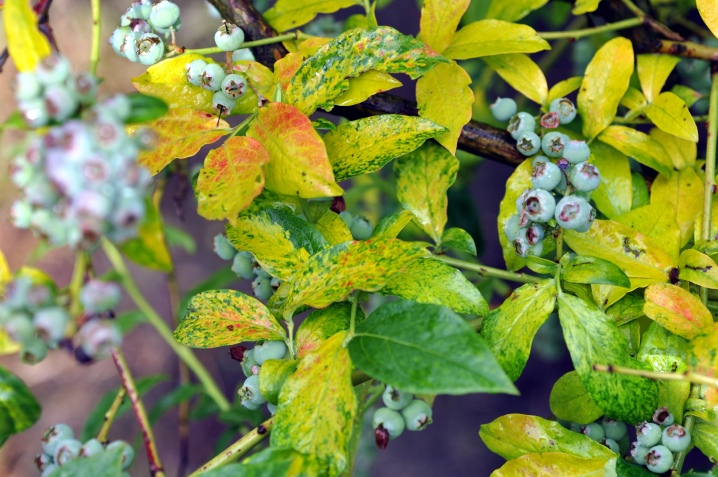
Fungal diseases and methods of their treatment
Blueberries can be susceptible to numerous fungal diseases. Stem cancer, despite the name, also affects the leaves and petioles of the culture. The fact that blueberries are sick can be determined by the appearance of small red spots on young shoots at the base of the leaves, which grow over time and cause the green parts to die off. Older branches also develop brown sores with a pinkish border. Their number increases until the whole plant dries up. By the way, this fungus enters the plant through the root system or the lower part of the bush, and therefore is capable of causing deformation of the roots.
To cure blueberries, the bush must be freed from the affected parts, and also treated with copper-containing fungicides, for example, "Fundazol" or "Topsin".
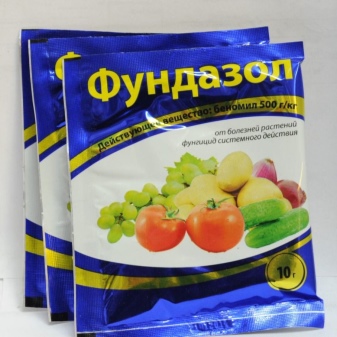
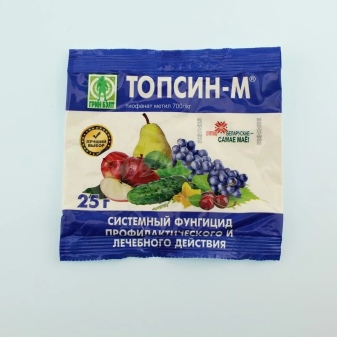
Phomopsis is considered one of the most common diseases inherent in this culture. It proceeds similarly to stem cancer, but the infection begins not from the leaves, but from the upper part of the shoot.Young shoots dry up and curl, and the bark begins to seem burnt. The leaves are covered with brown blotches. Fungus treatment is also carried out by destroying damaged shoots and using fungicides.
Gray rot (botrytis) leads to the fact that the green part of the bush turns brown, then turns gray and finally dies off. The causative agent of the disease enters the plant tissue through wounds and cuts. To save blueberries, Bordeaux liquid and fungicides such as Fundazol are used.
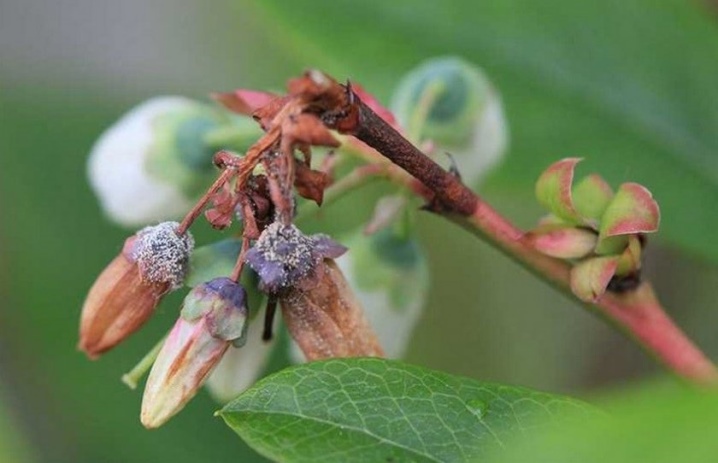
Pest Review and Control Methods
Blueberries are often targeted by a variety of pests.
Caterpillar
Most often on the berry there are caterpillars of the lancet heather and the blue moth. The former have a brown-black color with white spots and an elongated body with short hairs. Pests are active throughout the summer season, eating leaves and stems of plants. A small number of caterpillars are removed mechanically, but in more serious situations, insecticides such as Fufanon and Kemifos have to be used.
Caterpillars of the blue moth also feed on leaf blades. Pests of a noticeable yellow color, in addition to the usual legs, have four abdominal legs. They usually appear on blueberry bushes in May.
Insecticides are also used to effectively control insects.
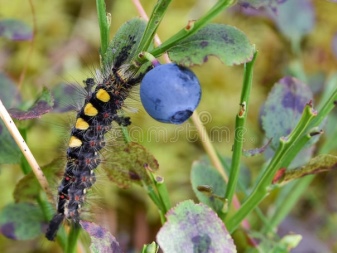
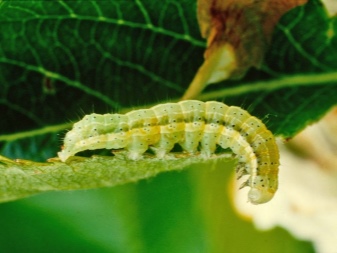
Aphid
Beet black aphid is a small dark insect that harms plant leaves: due to their effect, the plates curl, turn yellow and dry out. In autumn, females lay eggs on blueberry branches. In spring, wingless females first appear from them, and then winged aphids. In autumn, larvae appear on blueberries, eating the newly formed roots of the bushes. To destroy the pest, it is necessary to irrigate the plantings with the preparation "Calypso 480".
The dimensions of the red blood aphid do not exceed 2 millimeters. The miniature pest prefers to live on young shoots, usually in the bases of the leaf blades, on the buds and stalks. From its effects, parts of the plant dry up and die off, and the size of the berries is significantly reduced. In addition, during the season, the insect manages to visit the roots of the plant, also causing them significant harm.
We must not forget that aphids are a carrier of fungi and infections. It is recommended to fight the insect by irrigating blueberries with the preparations "Confidor", "Iskra" or "BI-58". It is worth mentioning that most often the carriers of all varieties of aphids are ants.
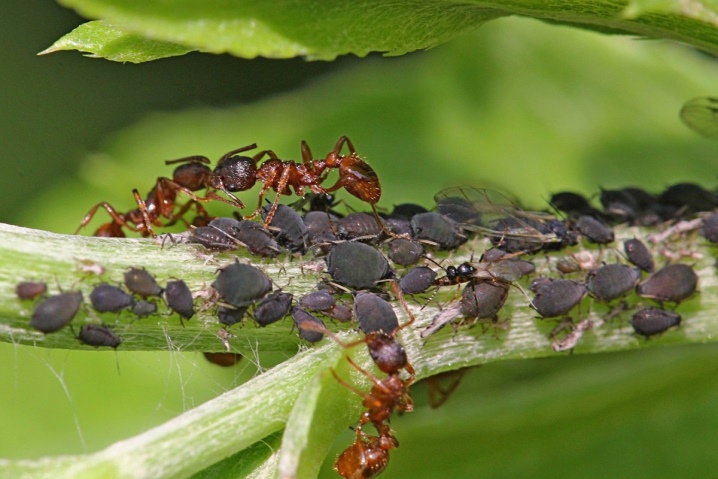
Flower beetle
The apple blossom beetle, also known as the weevil, causes significant harm to blueberry bushes. This small black insect with hairy wings destroys the buds and lays eggs right in the flower buds. He combines the second action with gluing the petals, as a result of which they simply die. Also, the hatched beetles eat the berries themselves.
Infected plants should be rescued with insecticides such as Fufanon and Intavir.

Mite
The length of the pearly white bud mite does not exceed 0.2 millimeters, however, the elongated larvae of this pest are capable of completely destroying the buds of the plant. Do not forget that the pest is a carrier of viral diseases. Therapeutic spraying of the culture is carried out using "Nitrafen" or ferrous sulfate. It is better to do this even before the formation of the kidneys. Ticks overwinter in leaf axils, and in spring they migrate to young leaves and buds. Insects spend autumn time on the buds, feeding on them.
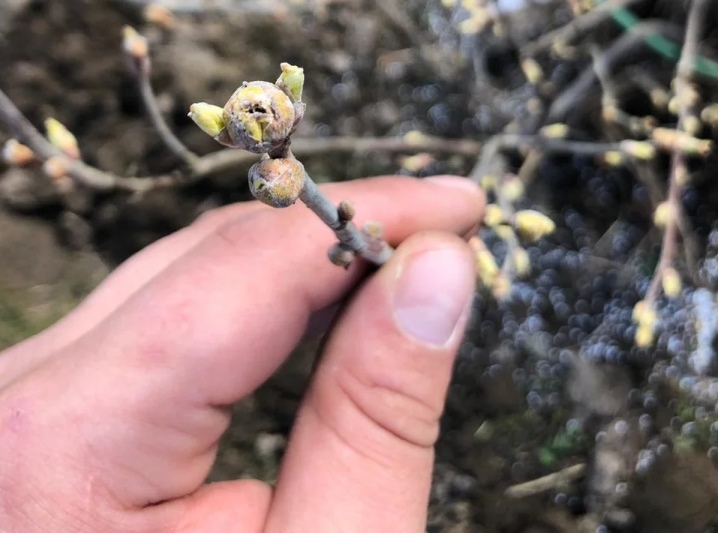
Leaf roll
The rose leafworm is a small brown moth, especially on young berry bushes. In autumn, females lay a couple of hundred eggs, the inhabitants of which hatch next spring. Green caterpillars feed on blueberry shoots and flowers, and also injure leaf blades, twisting and entangling with a cobweb.
It is possible to scare off pests with the help of purchased insecticides - "Atom" or "Toda", as well as strong-smelling infusions such as garlic or wormwood. The main preventive measures include regular loosening of the soil and removal of damaged leaves. The use of light traps will also be effective.
Fight the black-headed leafworm in the same way. These insects feed on shoots with young leaves and are distinguished by a white or yellow tint. The caterpillar size does not exceed 1 centimeter.
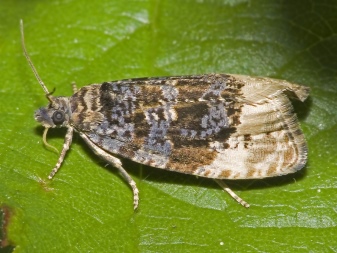
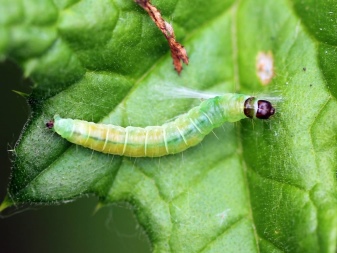
Chafer
The length of the stocky body of the May beetle reaches 2.5-3 centimeters. The pest hibernates in the ground at a depth of 25 to 150 centimeters and wakes up in May. The beetles themselves feed on young leaves, eating them to thick veins, and their larvae destroy blueberry roots. They are active in the dark. Light traps and universal insecticides "Confidor" and "Aktar" are used to combat beetles.
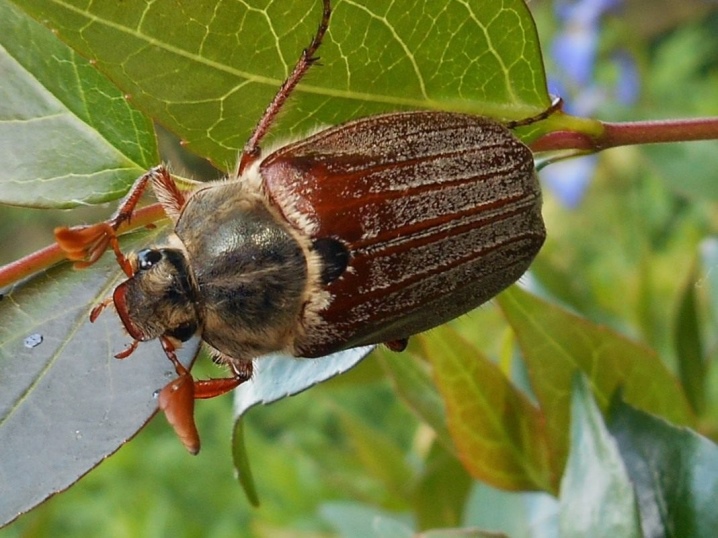
Birds
The main harm of birds is that they eat blueberries, thereby significantly reducing the volume of the harvest.
You can cope with them with the help of improvised means: by hanging a shiny tape on the branches, for example, from a videotape, or by covering the bush with a special protective mesh.
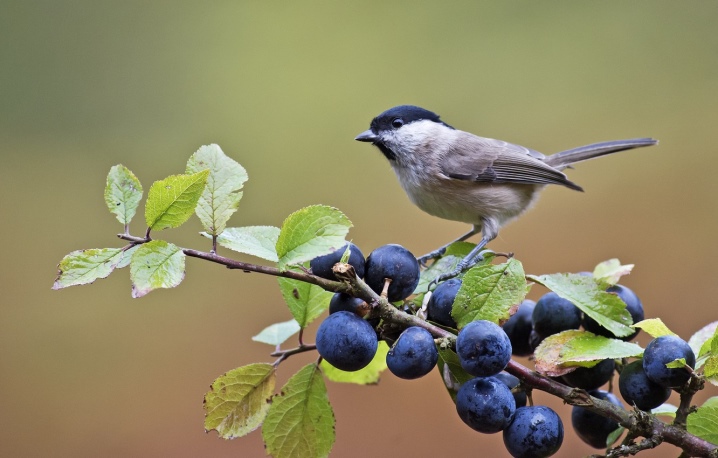
Prevention measures
For in order to prevent infection of plants and attack of pests, in the spring, treatment with Bordeaux liquid should be carried out, and in the fall, the bushes should be sprayed with fungicides. During this period, it makes sense to feed the plant with potassium superphosphate and diammophos. In early spring and mid-summer, plantings should be treated with sulfur. The culture must be mulched, forming at least a 5-centimeter layer of spruce branches or sawdust. Mulch change is carried out every couple of months.
Fallen leaves should be cleaned and burned in a timely manner, because it is in it that both pests and spores winter. Blueberries should be regularly inspected and removed from damaged or frozen parts. Initially, for planting, you should choose acidic, fertile and well-lit soils. A gap of 2 meters must be maintained between individual specimens. Bushes should be pruned periodically to avoid thickening and irrigated regularly.
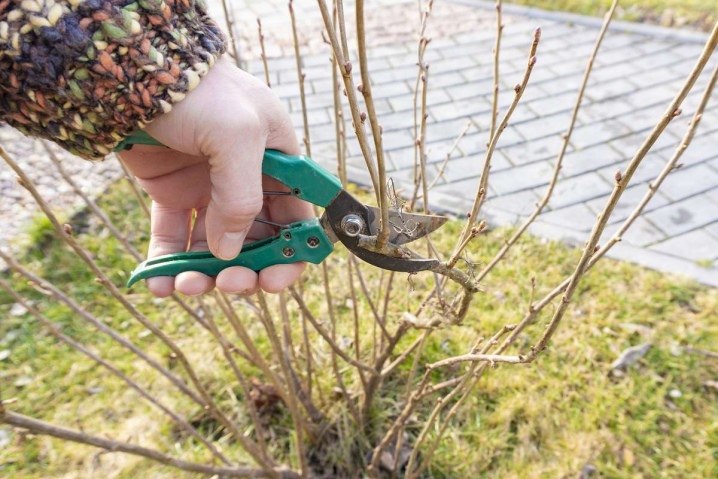
Description of resistant varieties
Another important preventive measure is the selection of disease-resistant blueberry varieties.
- Alternatively, gardeners recommend the mid-season "Bluecrop" originally from the United States. Plants of this variety are not afraid of either pests or viruses, and also produce light blue elastic fruits that can withstand transportation and long-term storage.

- A time-honored variety of tall blueberries "Jersey". Its representatives are resistant to diseases and viruses and are famous for the delicate taste of their light blue rounded berries.
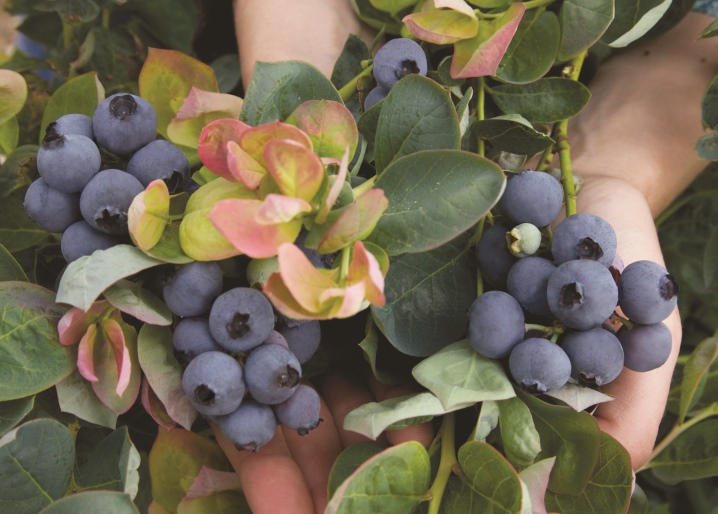
- We should also mention "Northland" - a variety that is appropriate for growing even in regions with low temperatures. Strong bushes can withstand cold snaps down to -40 degrees and are resistant to diseases and pests, including the berry mummification virus. The fruits of "Northland" are characterized by a sugary taste and small size.
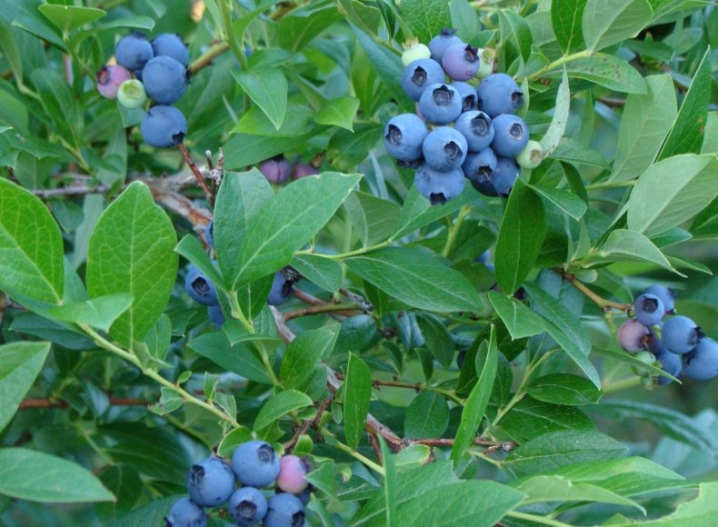













The comment was sent successfully.